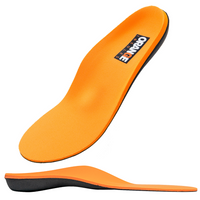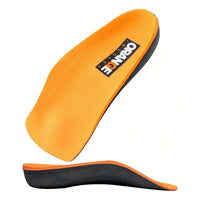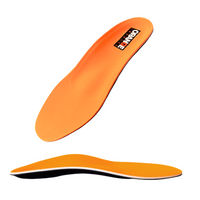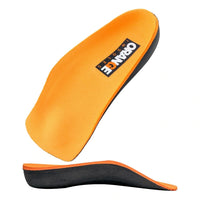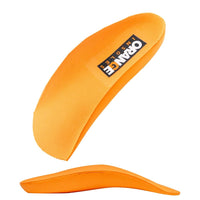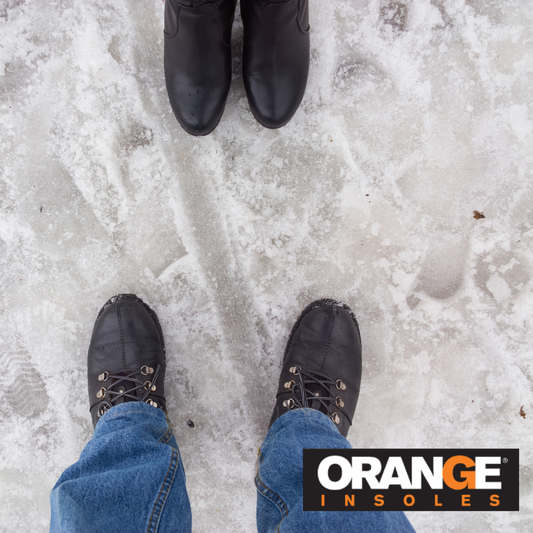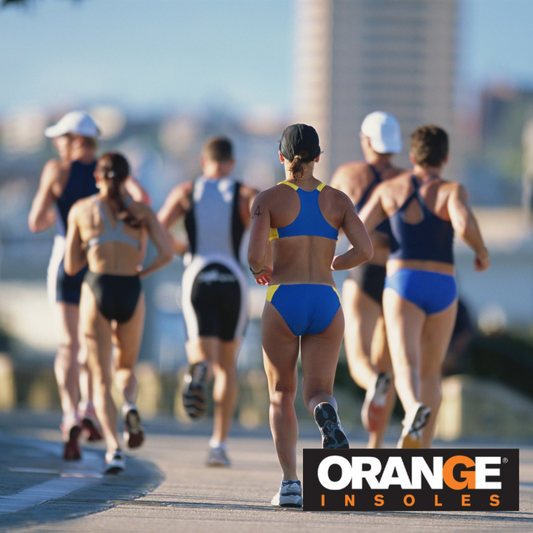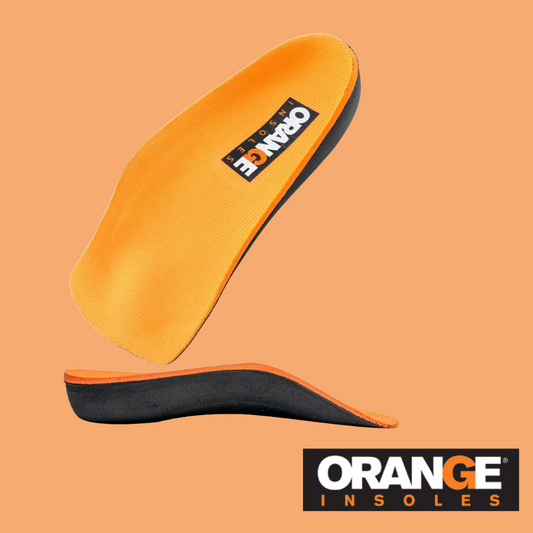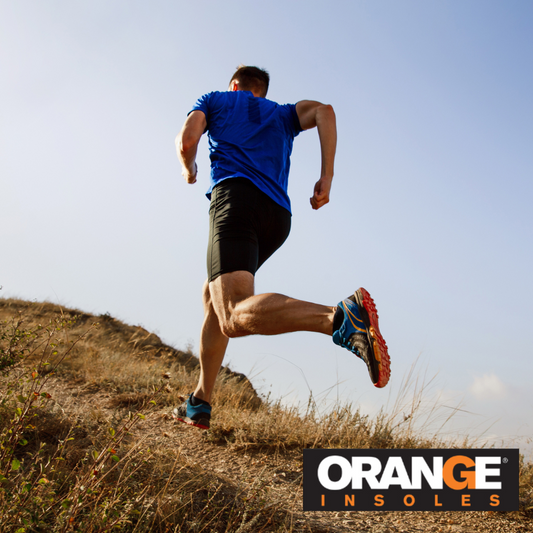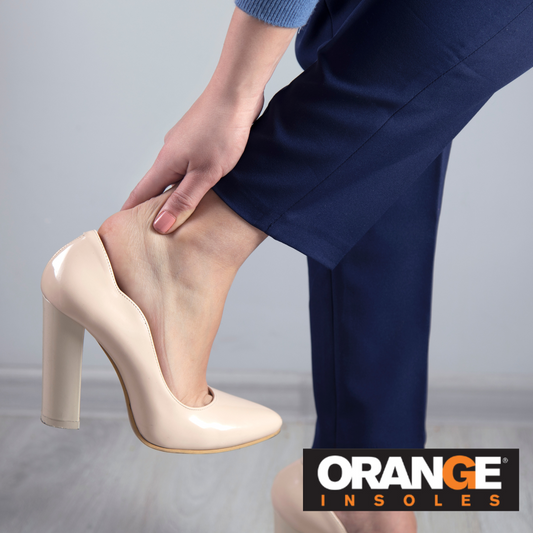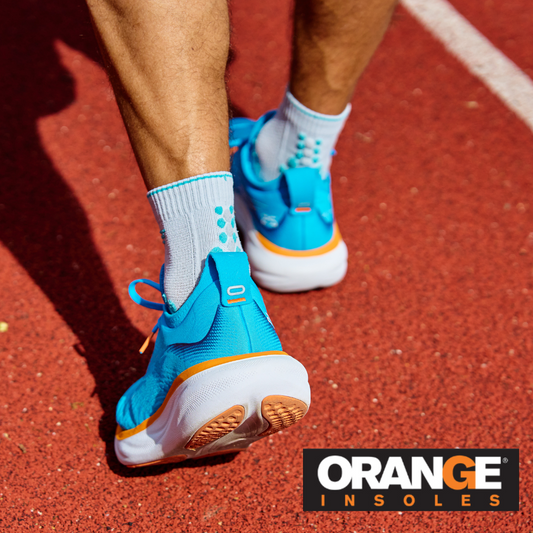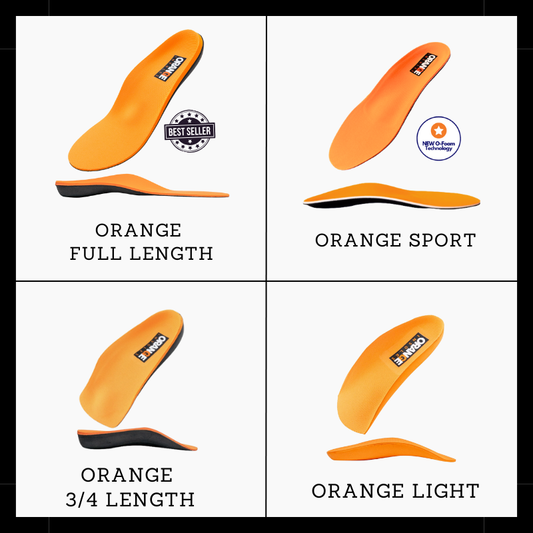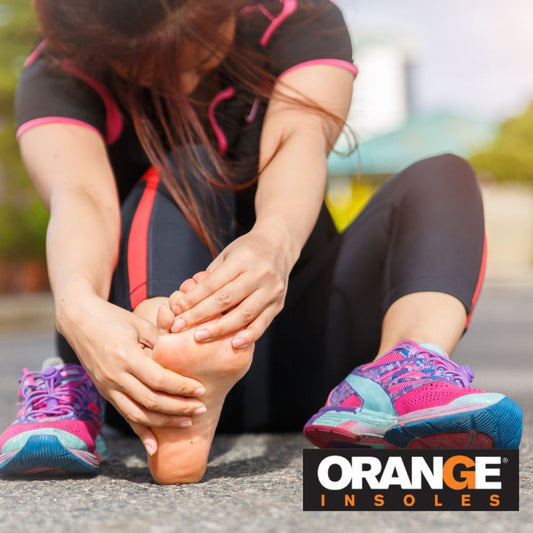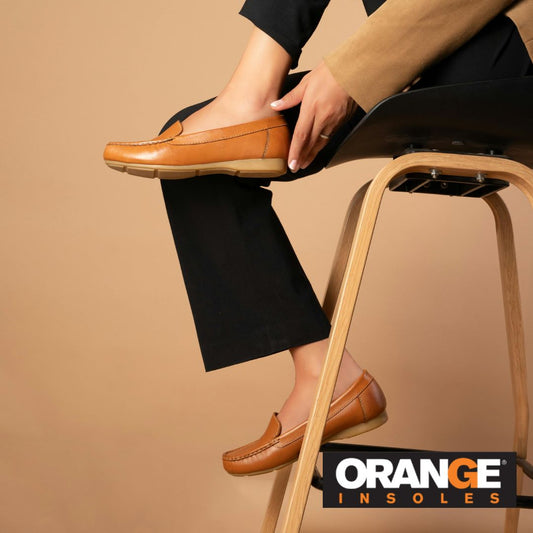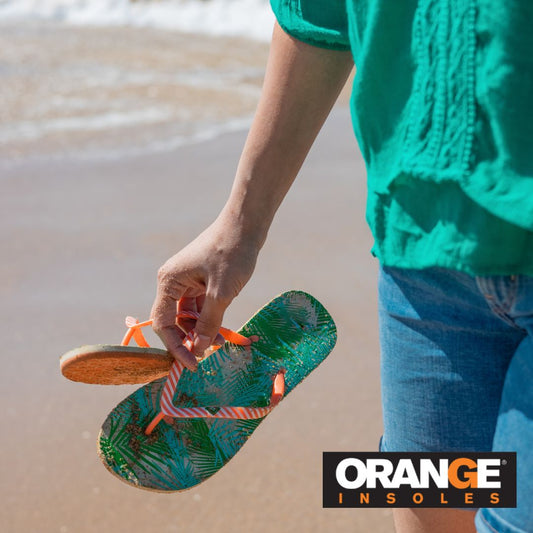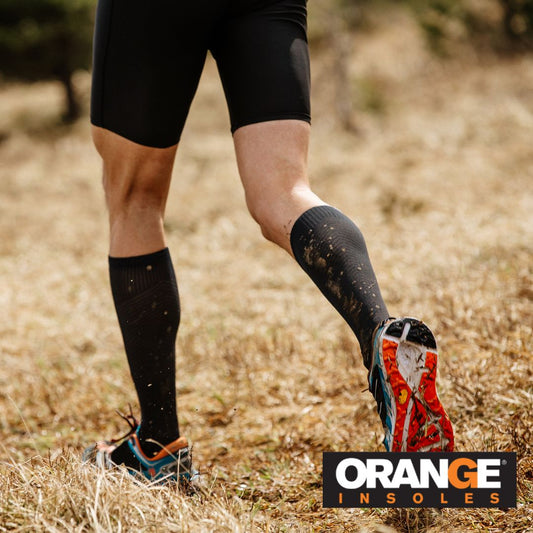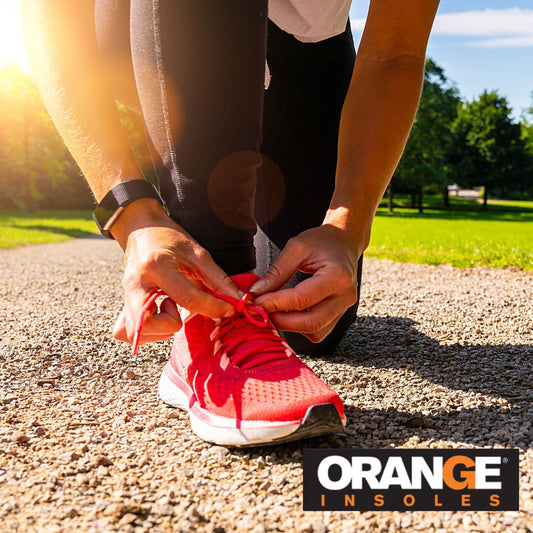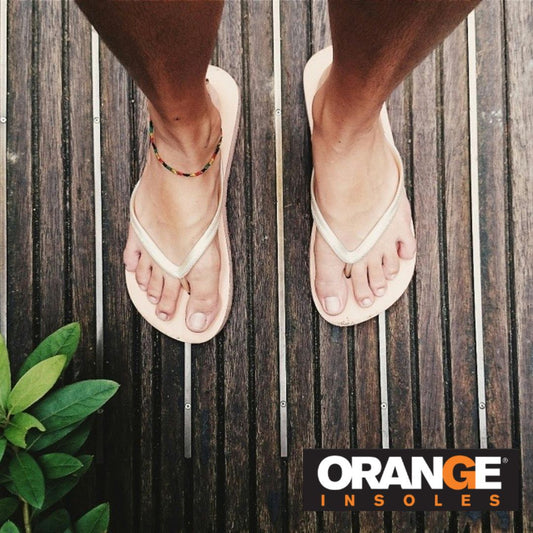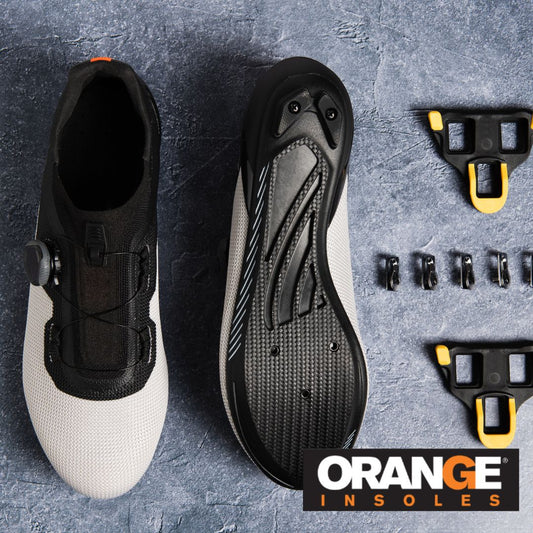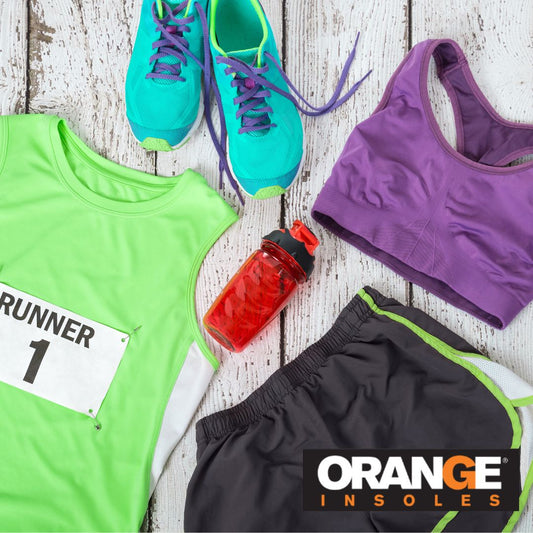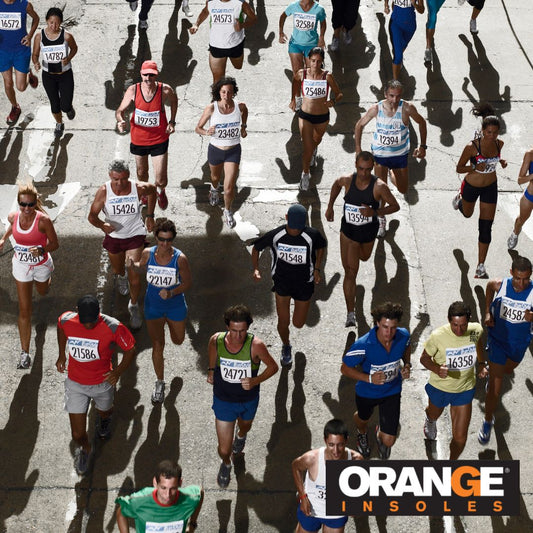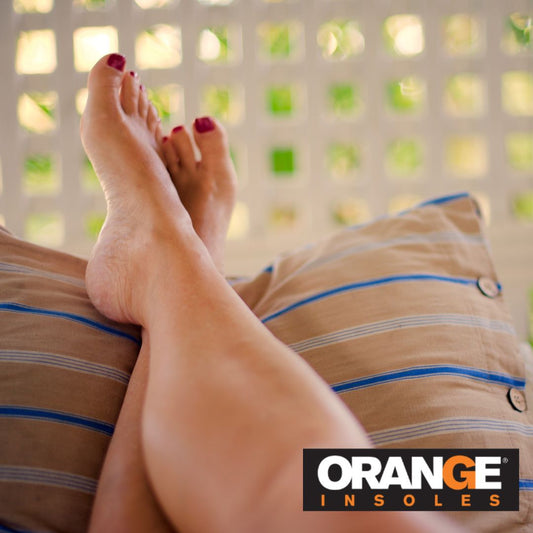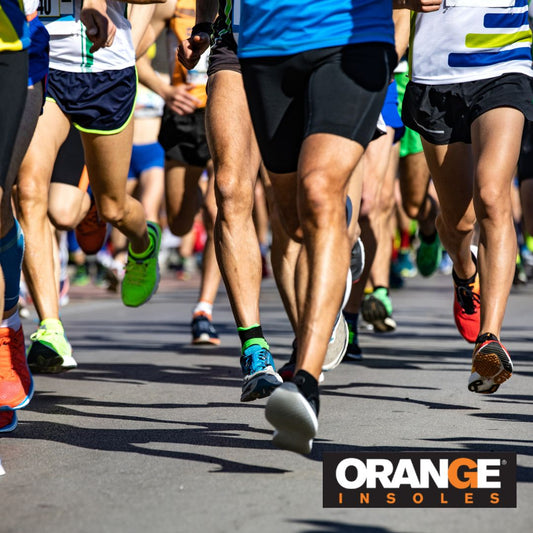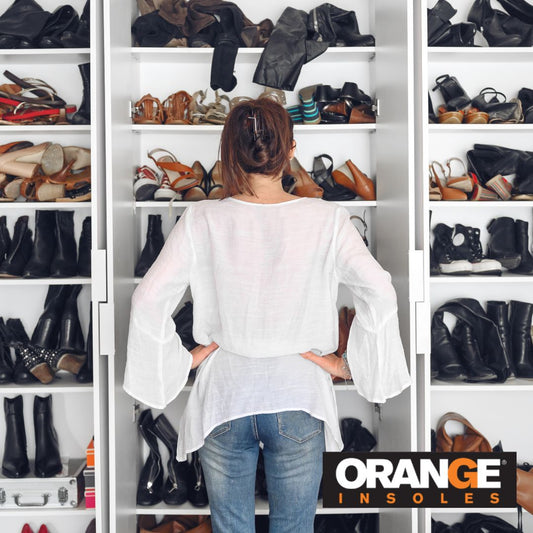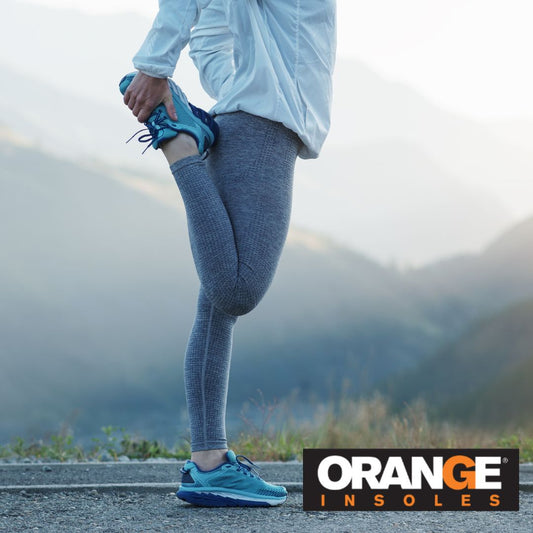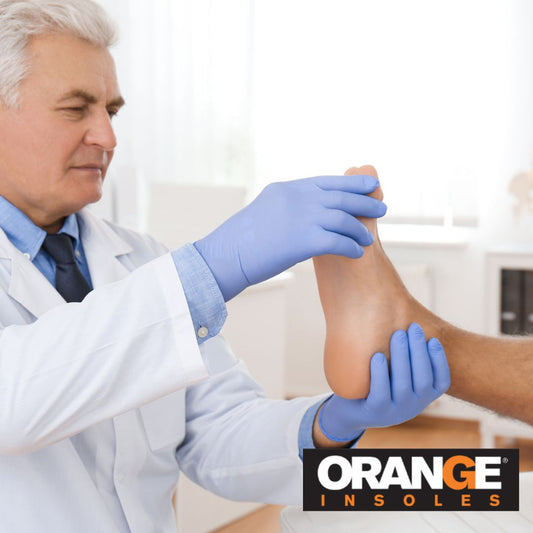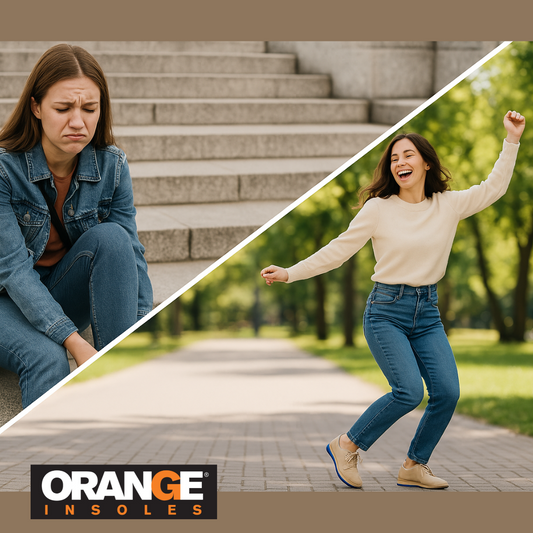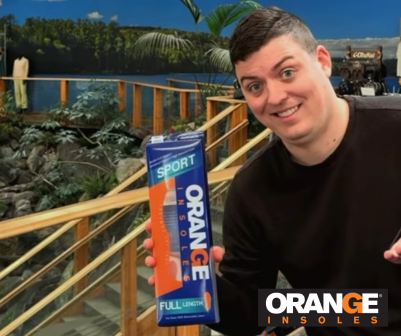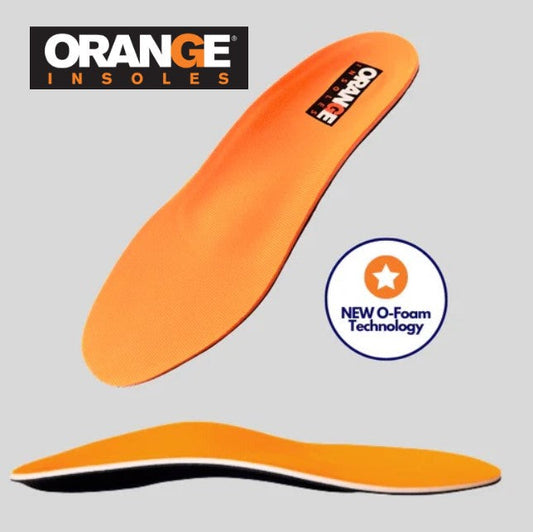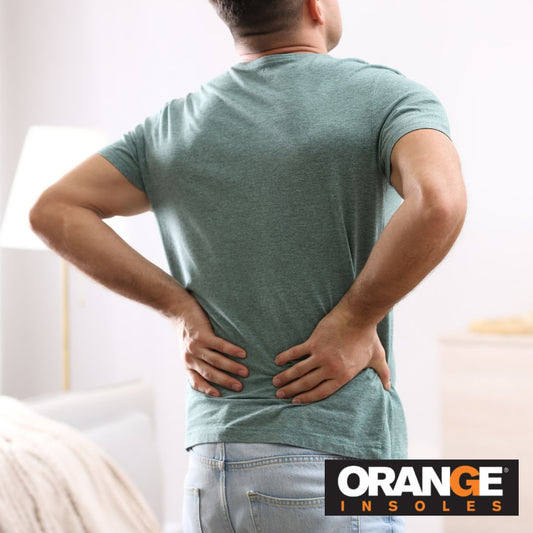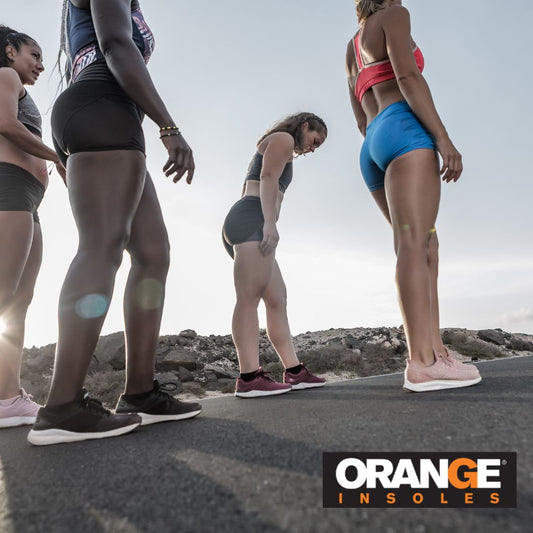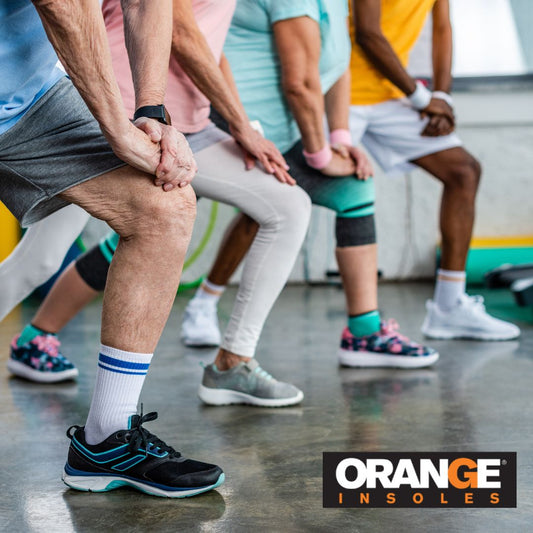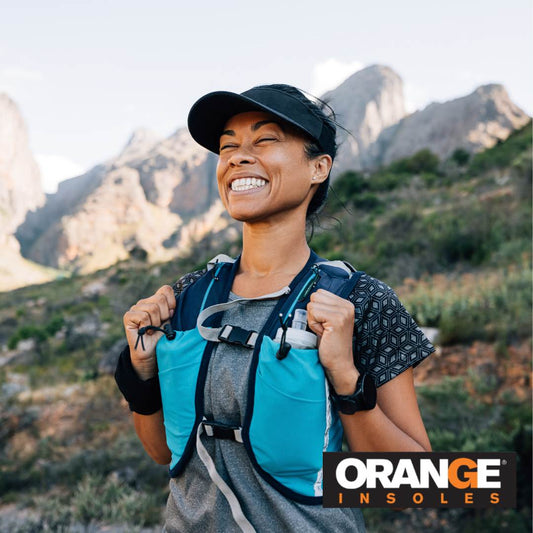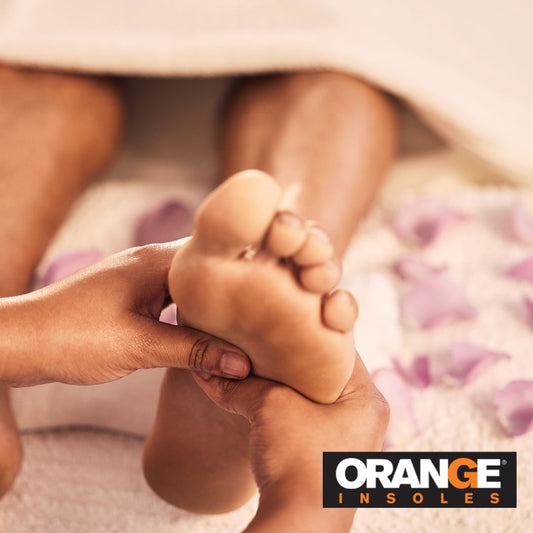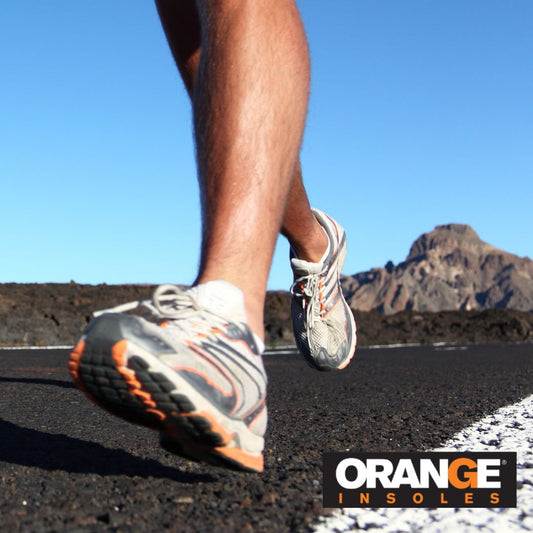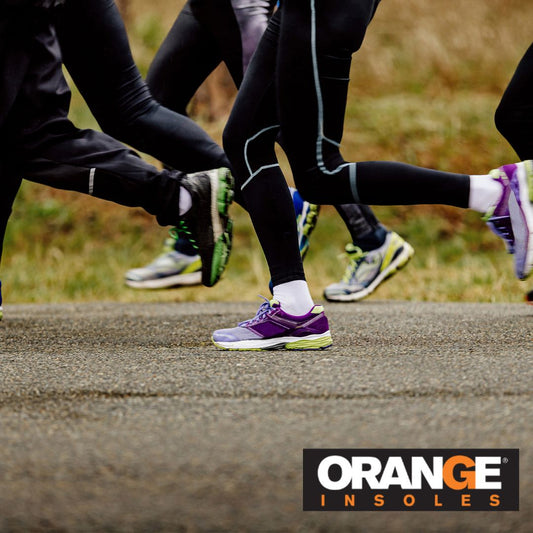If you're logging serious miles on a bike, you already know that cycling cleats offer power but not always comfort. The rigid sole design that helps you generate force through your pedal stroke can also cause discomfort, pressure points, and even long-term pain.
That’s where insoles come in.
Here’s your complete guide to the best insoles for cycling cleats in 2025 and how to choose the right one for your ride.
Why Cyclists Need Insoles
Cycling cleats are built for power transfer and pedaling efficiency, not comfort.
Unlike running shoes, which flex with your foot’s natural motion, cycling cleats are intentionally stiff and rigid. This stiffness allows more of your leg’s energy to transfer directly through the pedal and into the drivetrain. Every ounce of effort counts when you’re climbing hills or pushing for speed, and flexible shoes would absorb too much of that power.
Here’s what’s happening under the hood:
-
The cleat locks into the pedal, creating a stable connection between your shoe and bike.
A rigid sole spreads pressure across the foot, reducing wasted energy and helping you push and pull with each rotation. -
The stiff platform supports consistent positioning, which reduces movement and helps prevent injury from poor foot alignment.
But while this rigidity is great for performance, it’s not so great for comfort. Cycling cleats are designed with a stiff platform and minimal internal support, often leading to uneven weight distribution across the foot, making your feet vulnerable to:
-
Hot spots and pressure points under the ball of the foot
-
Foot numbness or tingling from poor circulation
-
Arch fatigue or heel pain on longer rides
That’s why adding a well-designed insole becomes essential and not just for comfort, but for foot health and power efficiency over time.
What to Look For in a Cycling Insole
Not every insole is created equal, especially for tight-fitting cleats. You’ll want:
-
Slim Profile – to fit snugly in low-volume cycling shoes
-
Arch Support – to prevent foot collapse and energy loss
-
Metatarsal Pad – to offload pressure from the forefoot
-
Heel Cup – for better alignment and stability
Top Pick: Orange Light Insoles
These are specifically designed for slim shoes like cycling cleats. They provide essential arch and heel support without taking up precious space in your shoe. If your cleats don’t have a removable liner or you feel cramped with thicker inserts this is the go-to option.
Why it works for cyclists:
-
Thin and flexible enough to fit inside snug cleats
-
Offers the core support most stock insoles lack
-
Improves alignment to reduce strain on knees and hips
If you're experiencing hot spots or numbness, this insole could be a game changer.
Need More Support? Try Orange Sport Insoles
📌 Read about Orange Sport Insoles for athletes
If your cycling shoes have a bit more space or if you're switching between road and mountain biking shoes, the Orange Sport Insoles offer enhanced support and impact protection.
Best for:
-
Cyclists who also run or cross-train
-
Shoes with a removable liner
-
Riders with known arch issues or history of foot pain
Just note: they're slightly thicker, so they may not fit every pair of cleats comfortably.
What About Foot Pain? Know the Signs
If you’re not sure whether an insole will help, check for these signs:
-
Pain in the ball of your foot? You might be dealing with metatarsalgia.
-
Tight calves and lower back discomfort? Believe it or not, it may start with your feet. Here’s how foot pain connects to back pain.
-
Overall discomfort, especially on long rides? You probably need more than the stock liner. Learn how better inserts relieve foot pain.
Small Upgrade, Big Payoff
Cycling is already tough on your body, don't let your shoes work against you. The best insoles for cycling cleats aren’t about softness, they're about support, fit, and alignment.
Whether you choose the low-profile Orange Light Insoles or need the extra structure of the Orange Sport, your feet (and your performance) will thank you.
